Ensure your health and safety by learning how to use a blood pressure monitor with a pacemaker. Check this article for expert tips and guidance. More here.
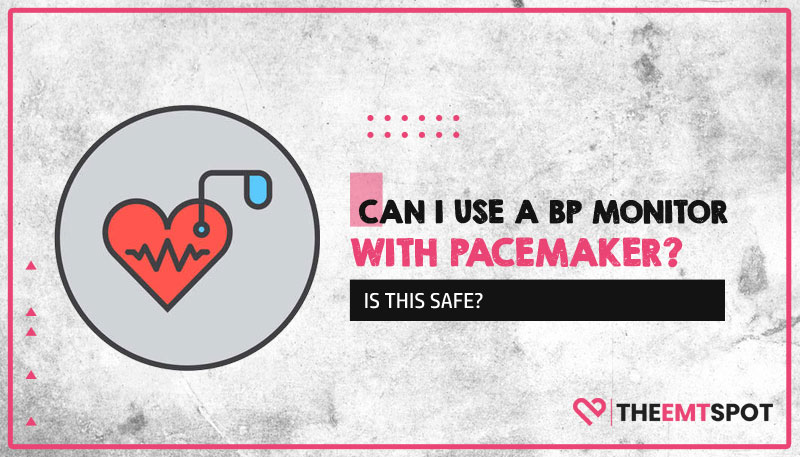
Quick Summary
- Individuals with pacemakers should regularly monitor their blood pressure to manage their health, and using an upper arm blood pressure monitor is generally considered safe.
- The cuff of a wrist monitor can interfere with the pacemaker’s function. It’s also important to position the cuff on the upper arm as the manufacturer directs and keep it at a distance of six inches away from the pacemaker.
- Consulting with a cardiologist is recommended before using a blood pressure monitor, as they can provide personalized recommendations based on individual health needs.
Are you someone who relies on a pacemaker to regulate your heart rhythm? If so, you may be wondering if it’s safe to use a blood pressure monitor to keep track of your health.
With the presence of a pacemaker, you might be concerned about potential risks or complications. So, can you use a blood pressure monitor if you have a pacemaker?
This article explores the safety aspects and what type of monitor is recommended for people with pacemakers.
We also provide some guidelines to follow to ensure that you can monitor your blood pressure safely and effectively. Also, there are some top recommendations for blood pressure monitors that people with pacemakers can use.
Let’s explore the answer to this question and find out what precautions to exercise to ensure your safety.
Contents
Can I Use A Blood Pressure Monitor If I Have A Pacemaker?
If you have a pacemaker, monitoring your blood pressure regularly to manage your overall health is important. However, you may be concerned about whether it is safe to use it regularly.
The good news is that using a blood pressure monitor with a pacemaker is generally safe. However, it is important to use caution and follow some guidelines to ensure safety.
How to take blood pressure with a pacemaker?
Firstly, it is recommended that you avoid using a wrist blood pressure monitor if you have a pacemaker, as the cuff may interfere with the pacemaker’s function.
If you have a pacemaker, it is generally recommended to use an upper arm blood pressure monitor instead of a wrist blood pressure monitor, as the cuff of the wrist monitor may interfere with the pacemaker’s function.
The good news is that upper-arm versions are comparatively less costly when compared to wrist-worn monitors.
Secondly, make sure to position the cuff on your upper arm as directed by the manufacturer, and avoid placing it directly over your pacemaker. Keep the cuff at least six inches away from your pacemaker to prevent interference.
Lastly, consult your healthcare provider before using a blood pressure monitor if you have a pacemaker. They can provide personalized recommendations and advice based on your specific health needs.
Does A Pacemaker Affect Blood Pressure?
A pacemaker is primarily designed to regulate the heart’s rhythm, not to directly influence blood pressure.
However, by ensuring that the heart beats at a regular pace, a pacemaker can indirectly contribute to more stable blood pressure readings.
In cases where irregular heartbeats have led to fluctuating or abnormal blood pressure, a pacemaker can be helpful in stabilizing the condition.
However, it’s important to note that a pacemaker is not a treatment for high or low blood pressure per se.
What Is A Normal Blood Pressure With A Pacemaker?
The presence of a pacemaker doesn’t necessarily alter what is considered “normal” blood pressure. The general guidelines for blood pressure are the same for people with or without pacemakers.
The American Heart Association recommends a blood pressure reading below 120/80 mm Hg for adults.
However, what is “normal” can vary based on a multitude of factors including age, sex, weight, and overall health.
Therefore, it’s crucial to consult with your healthcare provider for personalized advice tailored to your individual health needs and condition.
Which Arm To Use To Take Blood Pressure With A Pacemaker?
If you have a pacemaker, it’s generally recommended to take your blood pressure from the arm opposite to the side where your pacemaker is implanted.
This helps to minimize any potential for interference with the pacemaker’s function.
However, if for some reason you must use the arm on the same side as your pacemaker, ensure that the cuff is placed at least six inches away from the pacemaker.
Can you take blood pressure on the left arm with a pacemaker?
You can take your blood pressure on the left arm even if you have a pacemaker, as long as the pacemaker is not implanted on that side.
If the pacemaker is implanted on the left side, it’s advisable to use your right arm for blood pressure measurements.
If you must use the left arm, ensure that the cuff is positioned at least six inches away from the pacemaker.
Blood Pressure Monitors For People With Pacemakers
Oxiline Pressure X Pro, CheckMe BP2, and QardioArm are highly recommended blood pressure monitors due to their accuracy and convenient features.
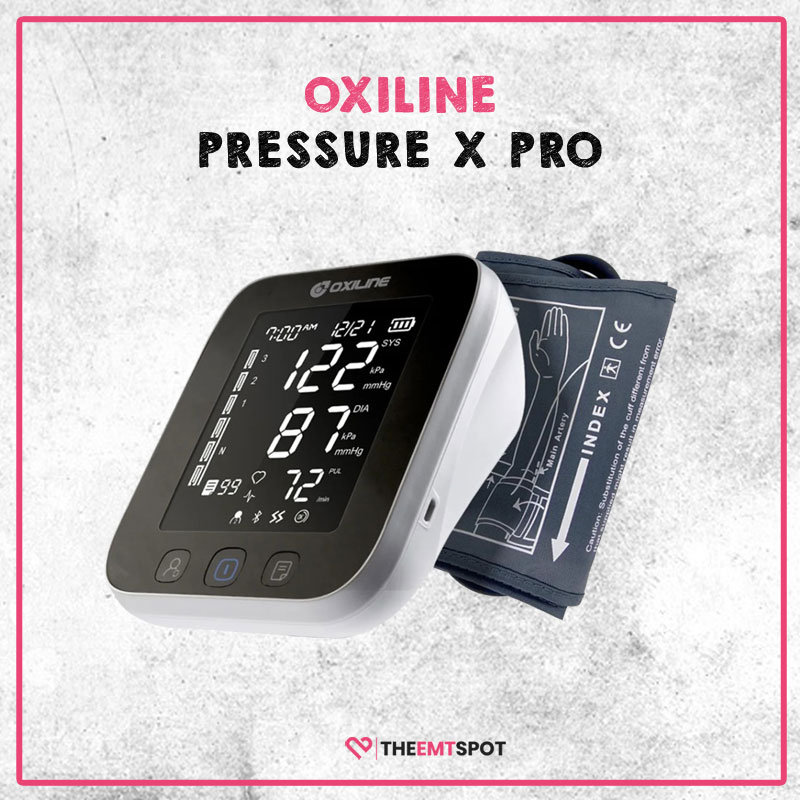
Oxiline Pressure X Pro
The Oxiline Pressure X Pro is a high-tech device that uses Bluetooth to connect to a smartphone app for easy tracking and analysis. It can store up to 21 readings and come with multi-user support via the app.
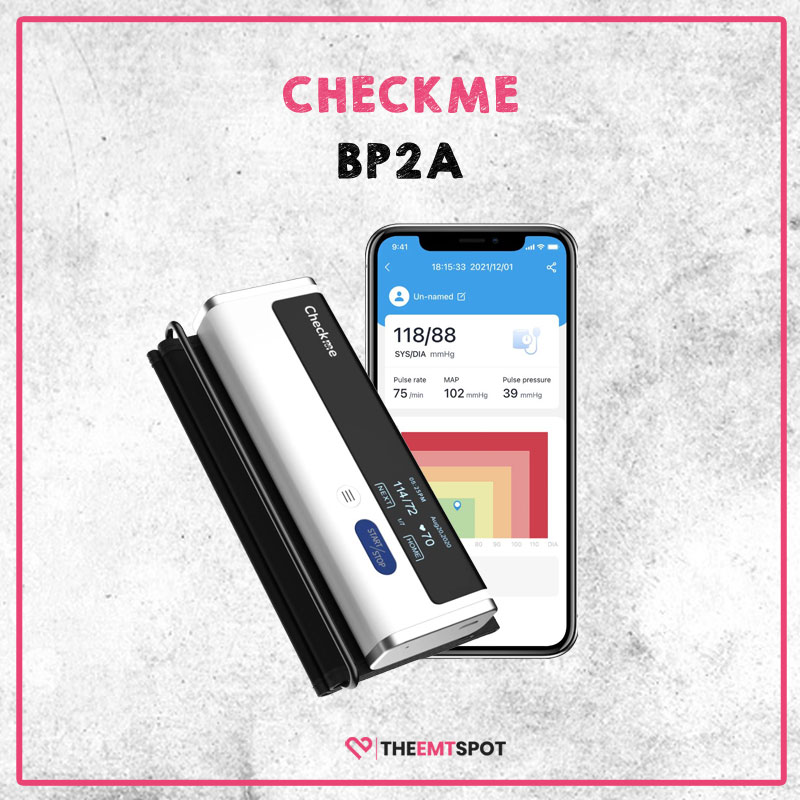
CheckMe BP2
The CheckMe BP2 is a compact and portable device that can be carried in a pocket or purse. It is easy to use, with one-touch operation and a large, easy-to-read display. The device also stores up to 50 readings, allowing users to track their blood pressure over the app.
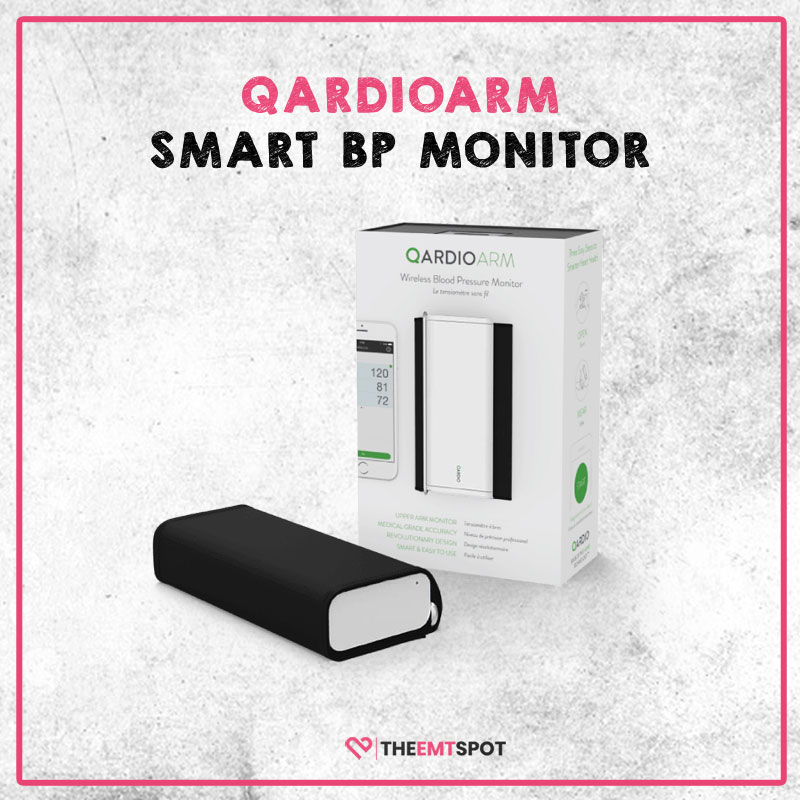
Qardioarm
The QardioArm is a sleek, stylish device that connects to a smartphone app for easy tracking and analysis. The QardioArm is also FDA-approved and has received accolades from the American Heart Association.
These two devices offer accurate readings and stylish designs, making them a great choice for tracking blood pressure.
Conclusion
If you are implanted with a pacemaker, it’s important to monitor your blood pressure regularly to manage your overall health.
To do this safely, it’s recommended to use an upper-arm blood pressure monitor rather than a wrist monitor.
Additionally, make sure to follow the manufacturer’s instructions when positioning the cuff on your arm and keep it at a distance of six inches away from the pacemaker to avoid interference.
Consulting with your cardiologist is also important before using a blood pressure monitor, as they can provide personalized recommendations and advice based on your specific health needs.
By taking these precautions, you can safely monitor your blood pressure and manage your health with a pacemaker.

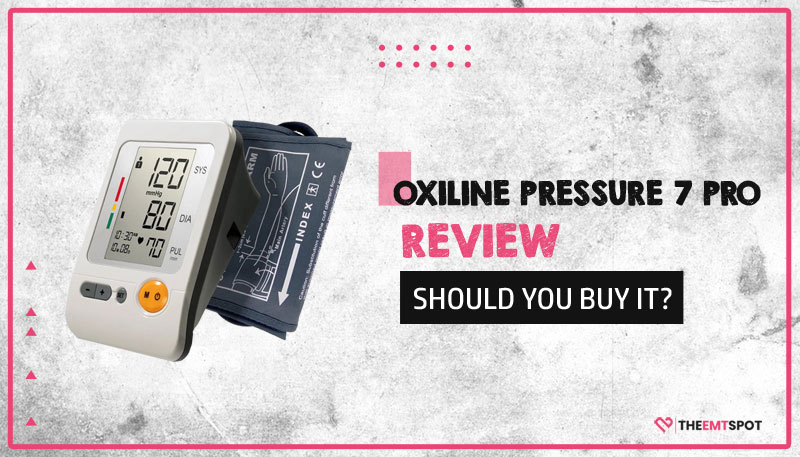
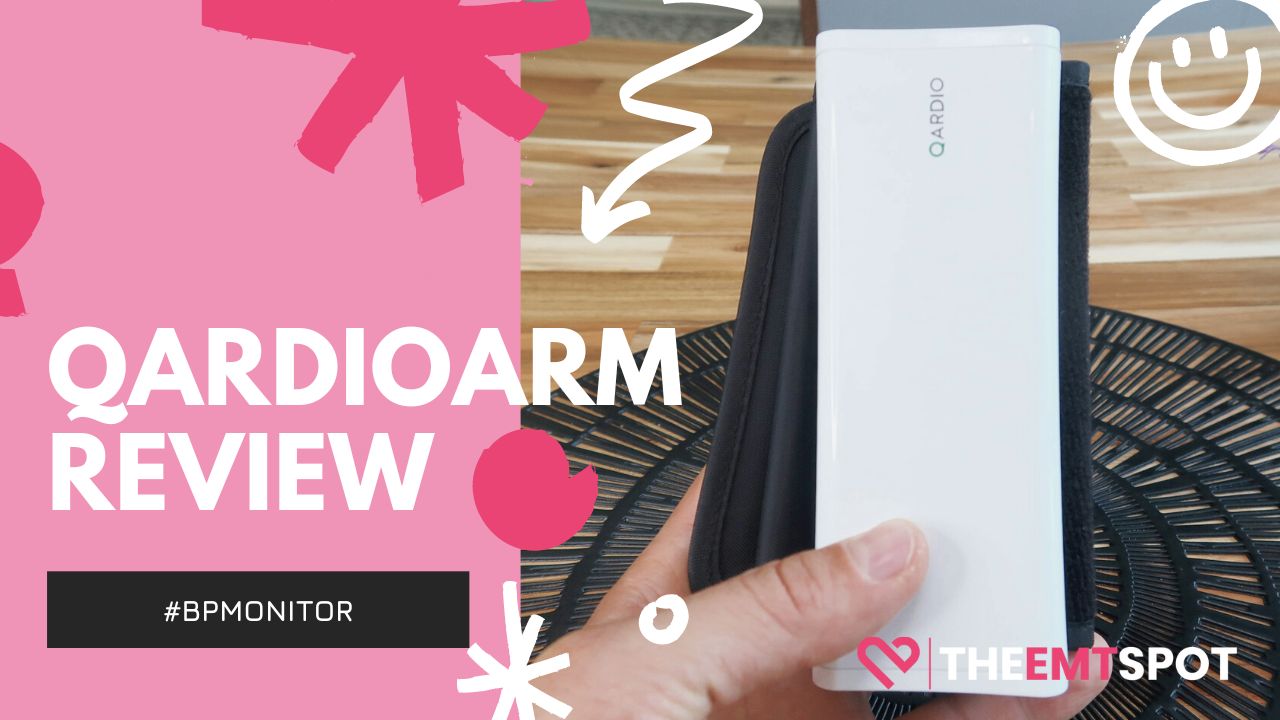
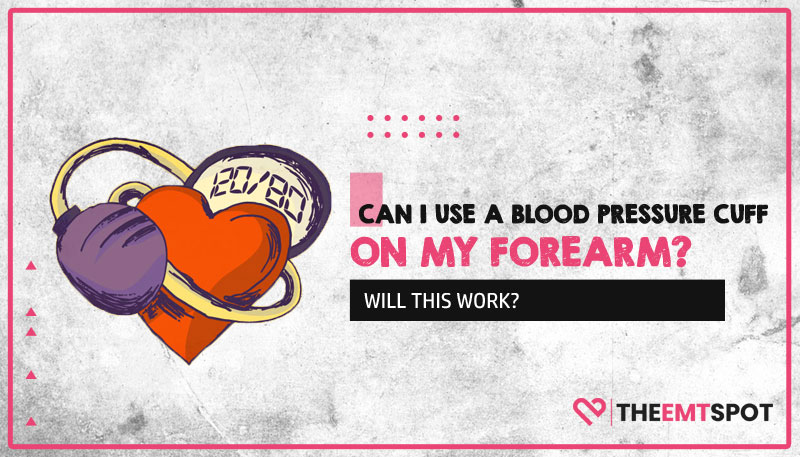
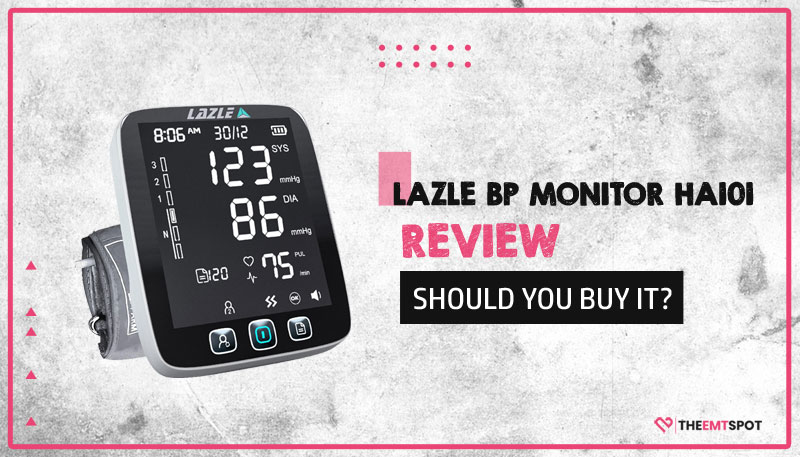
 Robin Backlund is a dedicated journalist and a medical student who has written several articles and essays exposing the falseness and hollowness of online resources in the medical science niche.
Robin Backlund is a dedicated journalist and a medical student who has written several articles and essays exposing the falseness and hollowness of online resources in the medical science niche.